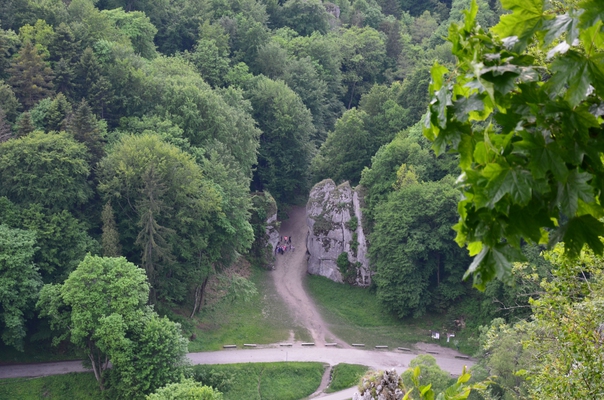TAKING PHOTOS OF GEOLOGICAL FORMS IN THE ŚWIĘTOKRZYSKIE MOUNTAINS AND THE CRACOW-CZĘSTOCHOWA UPLAND
On May 27, 2019, participants of the Erasmus + "Science around us" project from our school took part in a trip to the Kadzielnia Reserve in the Świętokrzyskie Mountains and to the Ojców National Park in the Cracow-Częstochowa Upland. 34 students had the opportunity to learn about the structure of the oldest mountains in Poland, to find out how karst geological forms arise, as well as see and photograph them. Our guide was a professional geologist who introduced us with great passion to geological processes and then demonstrated their effects in nature.
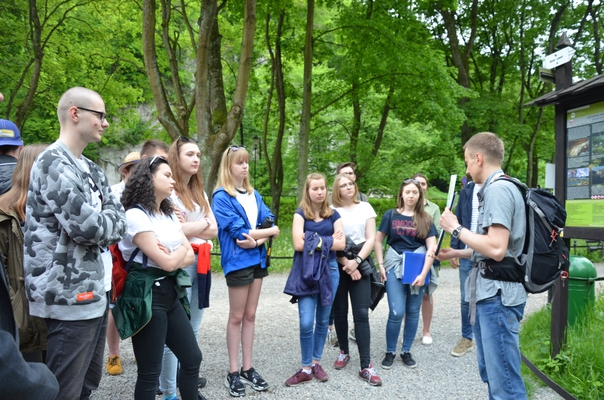
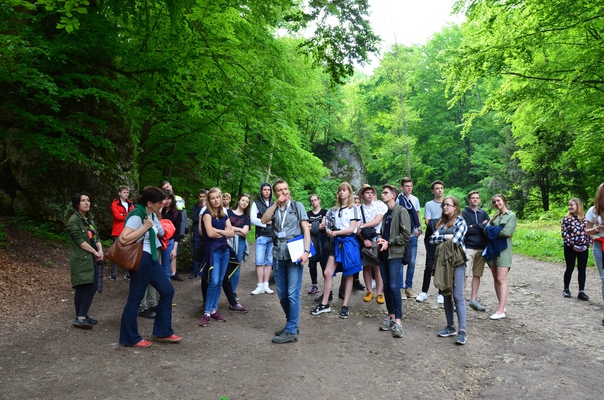
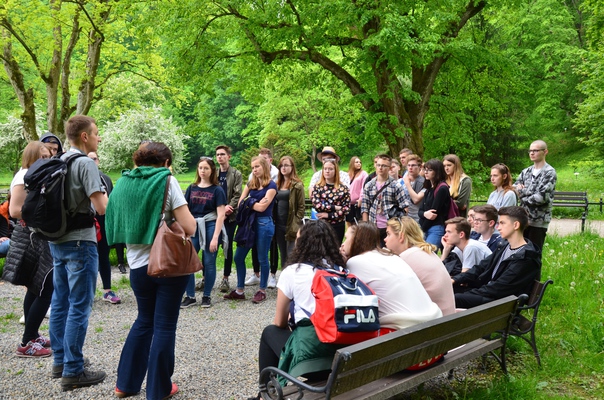
The Kadzielnia Reserve is built of Devonian stromatoporous-coral limestone covered with marly limestone. In them you can find fossils of many marine animals, such as stromatoporoids or corals, from which these limestone got their name. There are numerous tectonic, mineralization and karst forms in the reserve, for example caves. Three of the 25 caves there are open to tourists. 16 of them are located in an inselberg called Geologists' Rock.
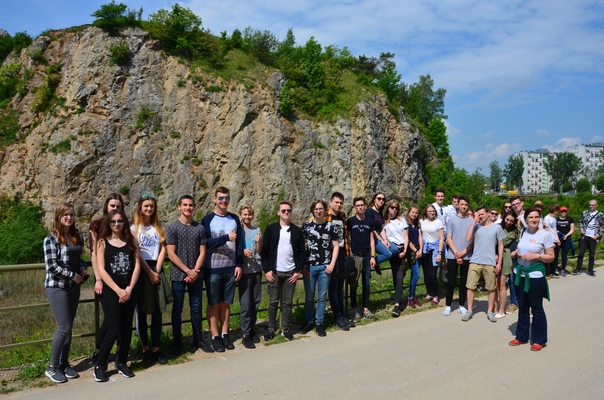
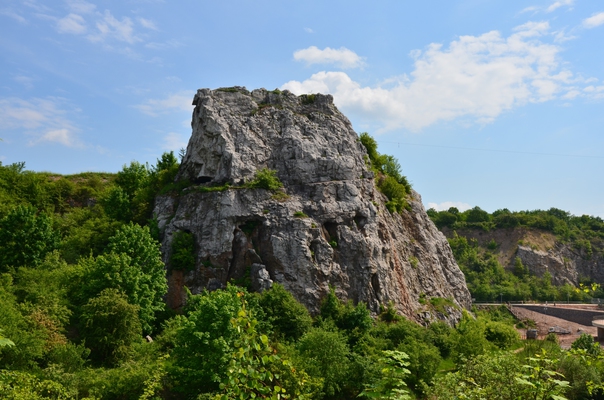
In the Ojców National Park we took a walk through the Prądnik Valley, where you can see the extraordinary richness of karst forms, such as magnificent inselbergs (monadnocks), springs with a very high discharge rate and caves.
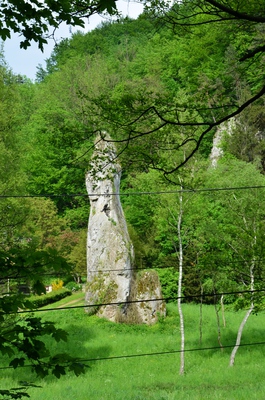

Inselbergs in the Pradnik Valley are made of weatherproof blocks of Jurassic rocky limestone. We photographed the famous Cracow Gate and the Glove and learned how weathering processes led to their formation.
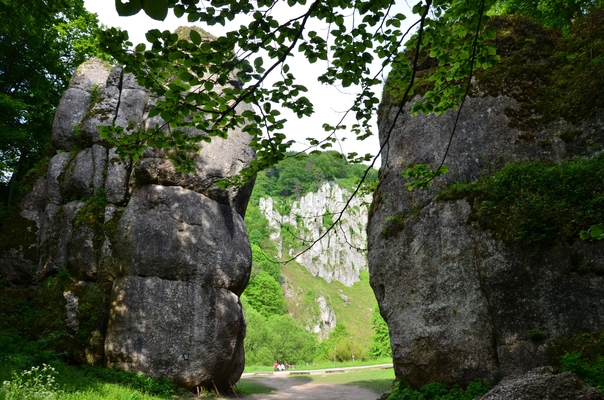
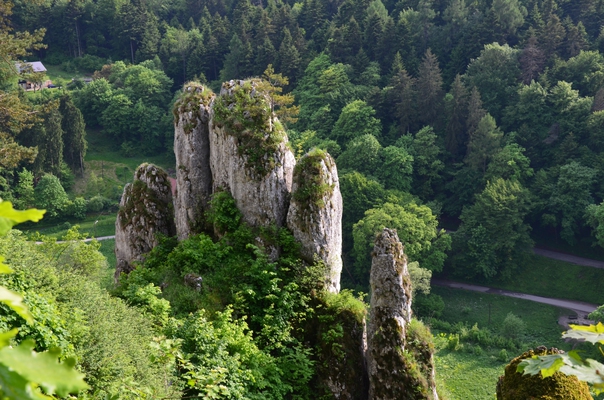
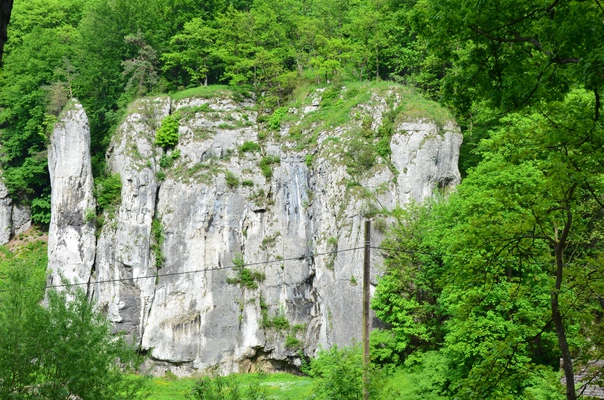
We also saw fossilized ammonites in limestone rocks. We learned how rivers shape their banks and saw the effects of these processes.
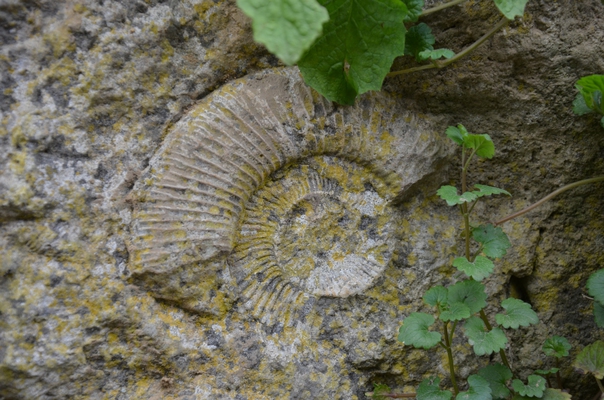
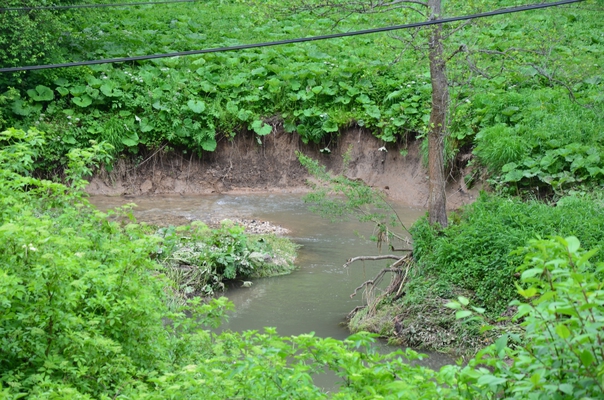
We climbed to the viewpoints on Crown Mountain, from which we admired the view of the Prądnik Valley, in particular the Cracow Gate and the river.
